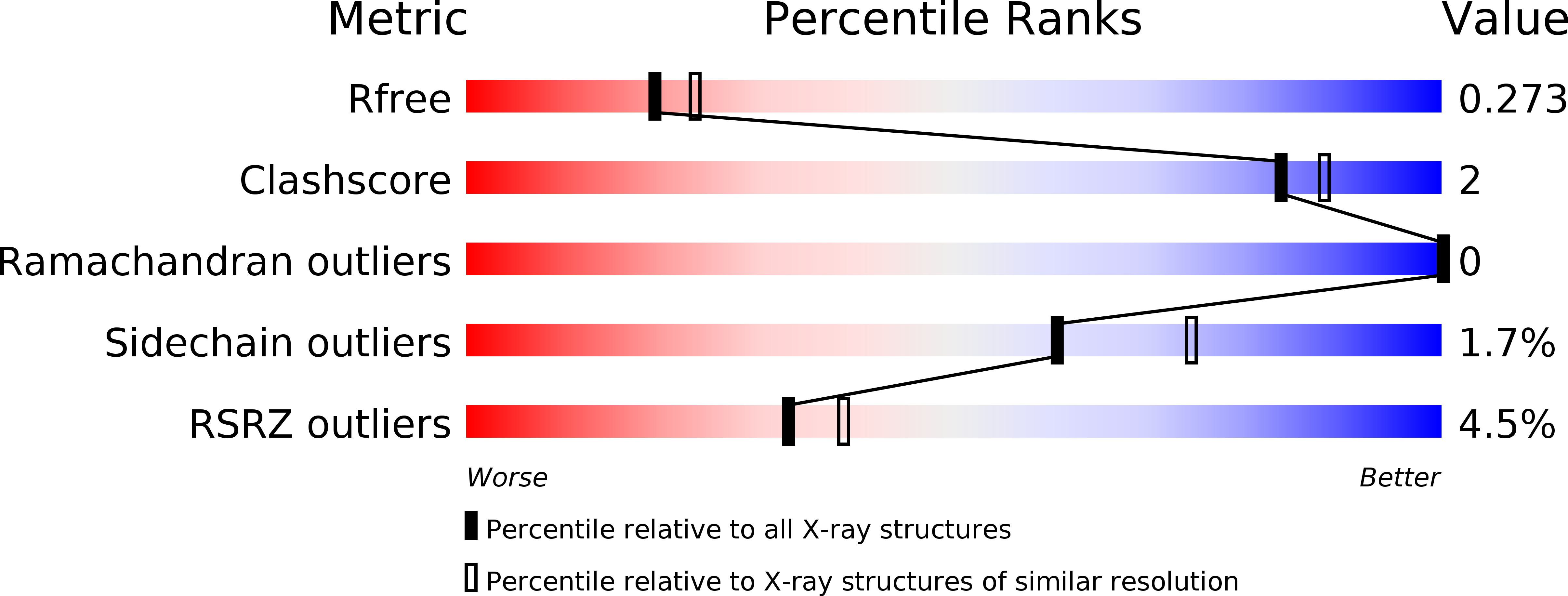
Deposition Date
2016-09-08
Release Date
2017-03-29
Last Version Date
2024-10-16
Entry Detail
PDB ID:
5LU9
Keywords:
Title:
Crystal structure of YVAD-cmk bound human legumain (AEP) in complex with compound 11
Biological Source:
Source Organism:
Homo sapiens (Taxon ID: 9606)
synthetic construct (Taxon ID: 32630)
synthetic construct (Taxon ID: 32630)
Host Organism:
Method Details:
Experimental Method:
Resolution:
2.27 Å
R-Value Free:
0.27
R-Value Work:
0.24
R-Value Observed:
0.24
Space Group:
P 42


